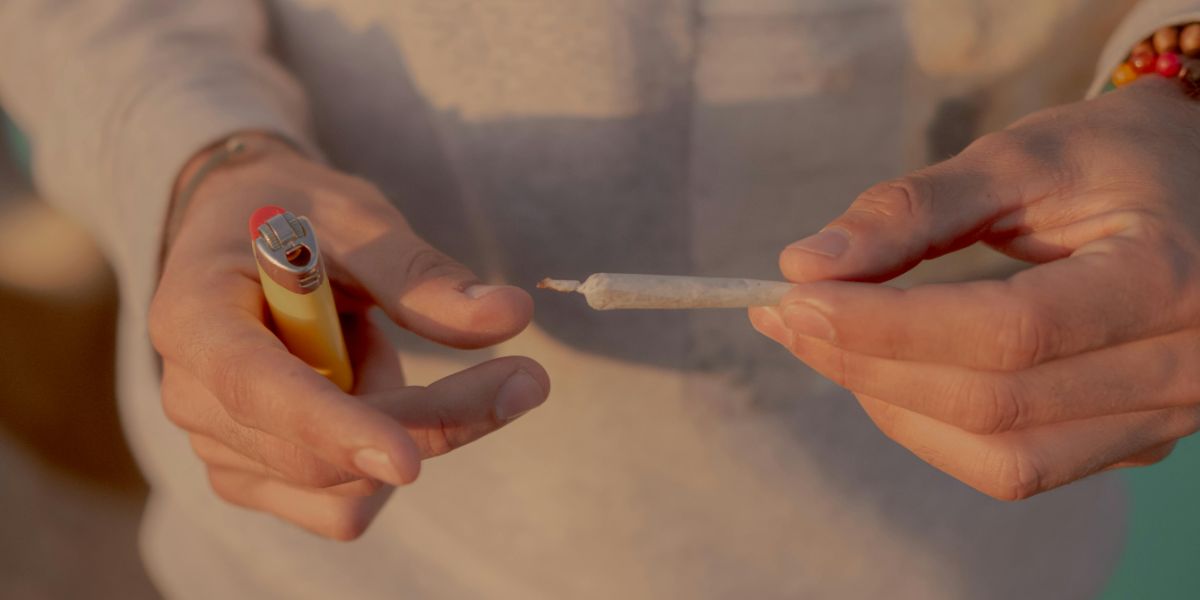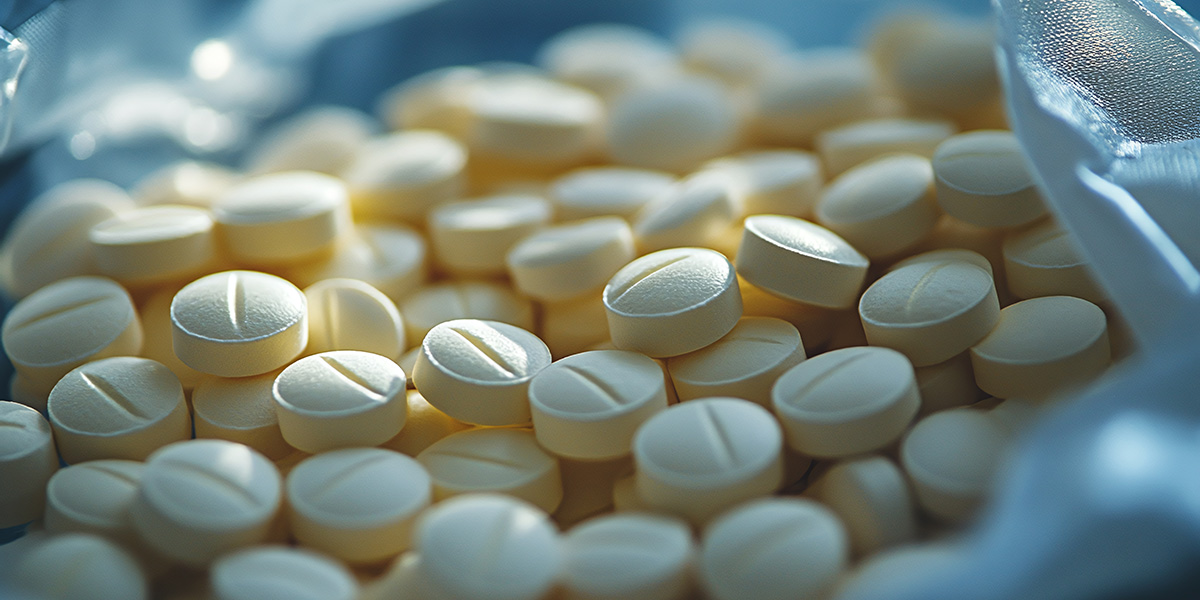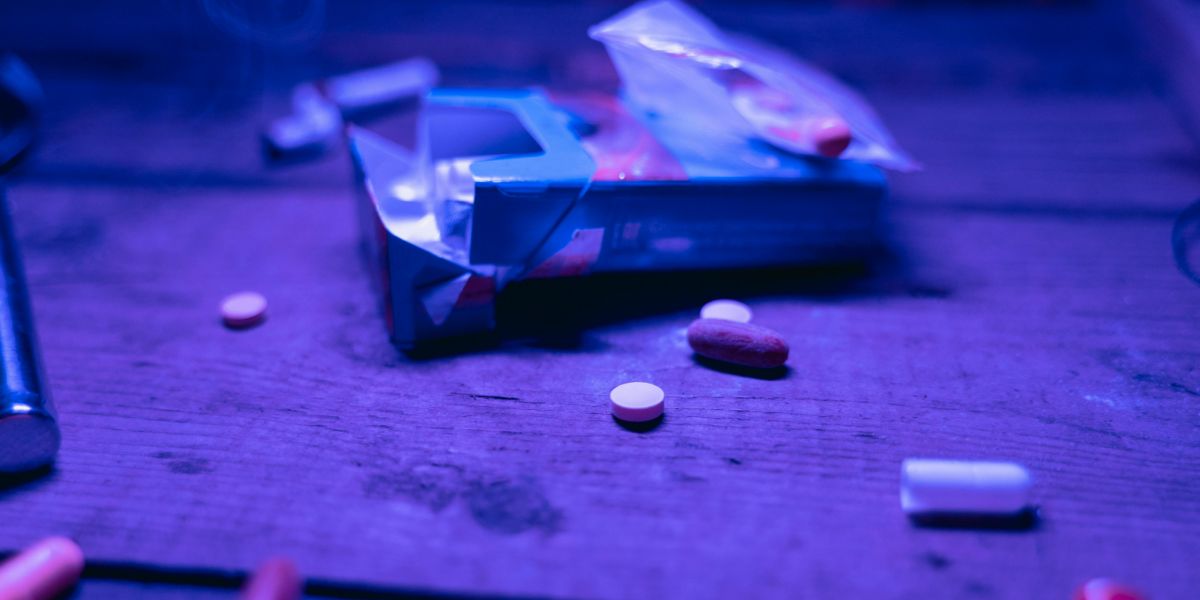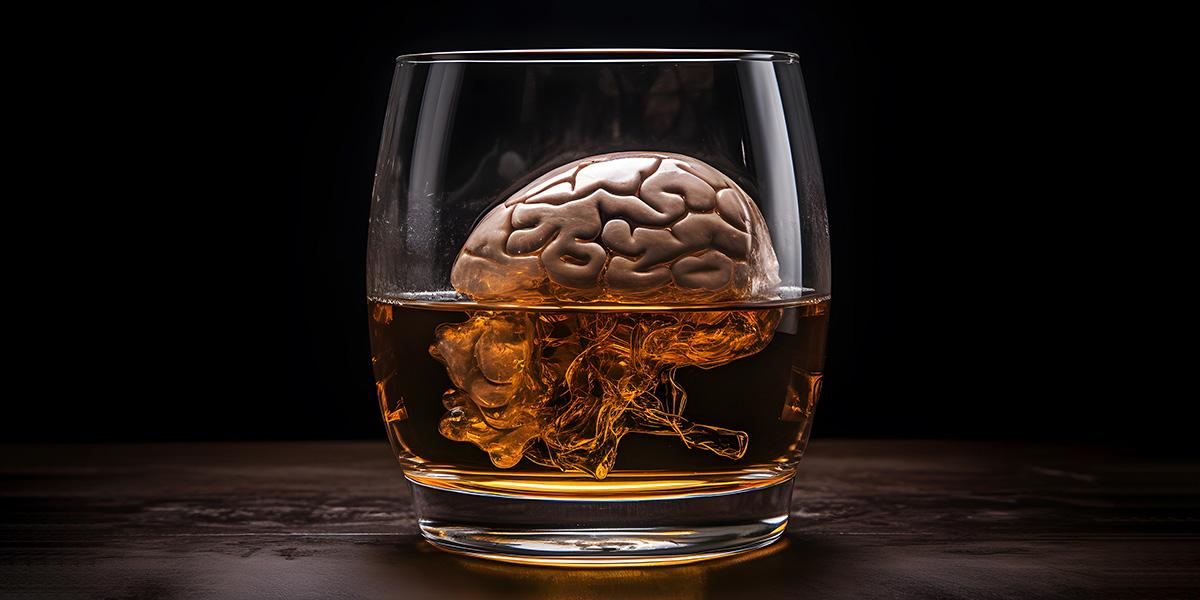What Percentage Of Drug Addicts Relapse After Rehab?
Discover what percentage of drug addicts relapse after rehab and why relapse is often part of the recovery process. Learn key factors influencing relapse rates, the importance of aftercare, and how luxury treatment at Carrara can support long-term sobriety.
Handling Fame in Recovery: How LA Rehabs Help Celebrities Reintegrate
Discover how LA rehabs ensure celebrity privacy, offer personalized aftercare, and address unique stressors with tailored therapeutic approaches.
Rehabilitation Options for Marijuana Addiction
Explore the possibility of rehab for marijuana addiction, the process involved, and the role of aftercare. Understand why it's a viable solution for those struggling to quit.
Sober Coaches and Relapse Prevention
Explore the vital role of sober coaches in relapse prevention, crisis management, and the specific techniques they use to maintain long-term sobriety in their clients.
Sober Coaches vs Therapists Roles in Recovery Process
Explore the roles of sober coaches and therapists in recovery, their differences, and how their combined support can provide a holistic approach to addiction recovery.
Key Factors in Assessing the Success of Detox Programs
Explore crucial factors to assess the success of detox programs including sobriety rates, health improvements, continuity of care, and social integration. Dive into the roles of quantitative and qualitative measures.
Understanding Fentanyl Addiction and Its Deadly Risks
The opioid epidemic continues to take more and more lives every single year. While numbers have been falling, from 84,181 deaths in 2022 to 81,083 in 2023, opioid overdose nevertheless remains the number one killer of men aged 18...
Comprehensive Substance Abuse Guide and Addiction Recovery
What starts as a fun night out from time to time can turn into disaster. It’s the same story for any addict on drugs or alcohol; nobody starts off using substances intending to become addicted to them. You can...
The Dangers of Alcohol Abuse and Effective Recovery Option
The Dangers of Alcohol Abuse and Recovery Options There’s nothing wrong with having a few drinks after work with friends or sipping on a mimosa with brunch. However, for those struggling, a substance abuse and addiction guide can help...
Prescription Drug Addiction: Signs, Symptoms, and Treatment
Prescription drugs, they’re a double-edged sword. On one side, these medications help billions of people around the world manage chronic conditions like pain. On the other hand, these drugs have huge potential for misuse and abuse. With the ongoing...
- 1
- 2













